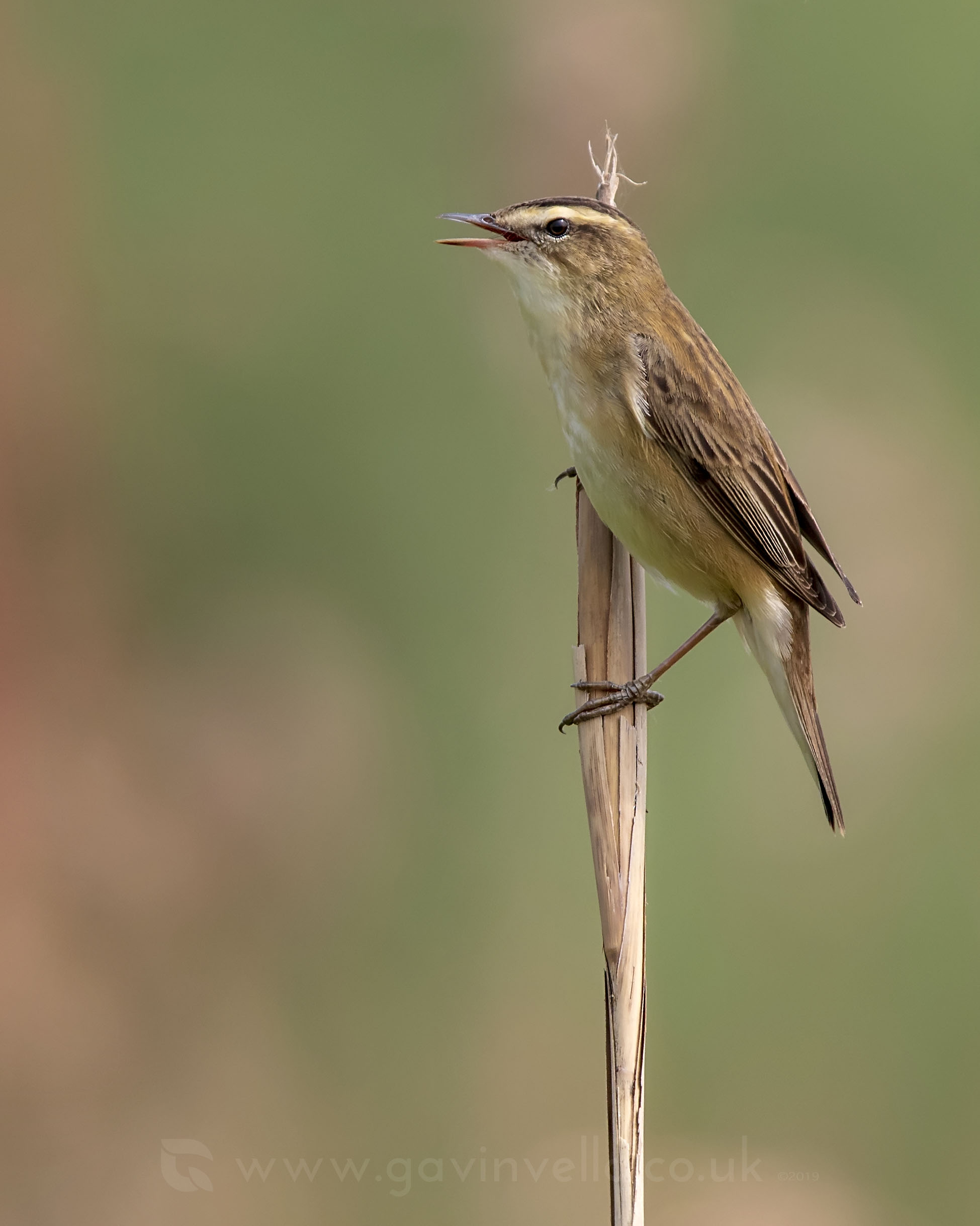So I know everyone loves to follow the Osprey projects around the Uk because of the live cams ect, but also because the birds are identifiable so people can really track their progress. Thousands of people watch avidly and know them all by name by now, and I know most pragmatic naturalists are probably cringing right about now, but I do think that in giving individuals names, that people start to realise that these birds are unique, and aren’t just carbon copies of each other. We all have individual characteristics and it’s no different with wildlife. An example of this can be seen below, as last year I found a Male Nightjar that would roost on rocks instead of the typical logs, but only when the weather was bad or it was due to rain. I have a few reasons why I think he would prefer a rock in these circumstances. Rocks don’t sway in the wind, the don’t attract Wood Ants, and should any sun make an appearance, the Rock will warm up. There may be no reason what so ever and whatever the reason, this is the only Nightjar in the area that I’ve documented doing this year on year.
As a result, I’ve come to name him Rocky, and his sandy female Pebbles.
I’ve only found two nests so far in this woodland, with another 4 to go but both females have managed to hatch an egg on the same day, so it’ll be interesting to see how they both develop.
The other pair have chosen the burnt habitat and I’ve come to name them Ash and Tinder. I think this pair is a young pair, as the spot she has chosen to lay her eggs is, well, questionable to say the least. I’ll keep you informed of their progress this season but anything could happen with lots of predators in the area.
One thing I am keeping an eye on is the weather as we’ve gone from 30c heatwave to plummeting temps with strong winds and rain. Not so great for breeding birds, but I did take some of the storms as an opportunity to record some rain storms. If you suffer with mental health issues like myself, you might find listening to these before you sleep really helpful. Stick the headphones on and relax.
Whilst we are on sound, on one of my nocturnal monitoring sessions with the Nightjar I come across a displaying Snipe. This sound is worth talking about, as if you didn’t know already, this sound is produced mechanically. It’s referred to as ‘Drumming’ as the sound is produced during a flight display, where the tail feathers are stiffened and spread out in such a way that the outer feathers catch the air and produce this incredible sound. I heard it for the first time this spring on the Gwent Levels, but this was the first time I’ve heard such a long extended performance.
I’ll leave you with a few ‘arty’ shots of Hard Ferns, Large Skipper and an Emperor Dragonfly on a short social distancing walk with Lee Gregory. Lee is such an asset to Gwent, his natural history knowledge is incredible and he’s such a nice guy! Hopefully when this lockdown is behind us we can get out more often.
























